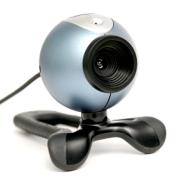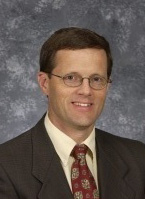Date: 2010-04-24 Time: 07:00 - 09:00 US/Pacific (1 decade 4 years ago)
America/Los Angeles: 2010-04-24 07:00 (DST)
America/New York: 2010-04-24 10:00 (DST)
America/Sao Paulo: 2010-04-24 11:00
Europe/London: 2010-04-24 14:00
Asia/Colombo: 2010-04-24 19:30
Australia/Sydney: 2010-04-25 01:00 (DST)
Where: Online Video Conference
This video conference used DimDim, now a private company.
The meeting can be replayed by clicking this link:
watch the meeting recording
Description
The introduction of a new classical model of elementary particles by Lucas and Bergman is studied using an online survey instrument. The model is based on finite-size, elastic, charged particles that take the form of charge fibers. The Charge Fiber Model of Elementary Particles (CFM) constitutes a fundamental departure from the current paradigm of Quantum Mechanics (QM) and the Standard Model (SM) of elementary particles. The survey familiarizes respondents with the basic principles and claims of the new model by means of an online tutorial, and queries respondents to guage their knowledge and opinion of the model (http://www.commonsensescience.org/survey).
The analysis of the survey describes how experts in the field, or at least those who took the time to respond, regard the original and sweeping claims of the CFM. The response rate varied from a very low of 1.1% to a high of 29% among diverse scientific communities. This paper does not endorse the model, but considers the broader issue of how a theory representing a major departure from the status quo may be disseminated, perceived and accepted (or rejected) during its early stages. These issues are relevant to the ongoing development of a comprehensive young-earth creation model whose proponents, even with solid scientific and academic credentials, face a continuous struggle against the accepted scientific positions on origins, evolution and the age of the earth. Recognizing that scientific paradigms change over time provides incentive to evaluate models on the basis of their usefulness and to articulate our opinions of them in a manner that is both effective and nonoffensive.



